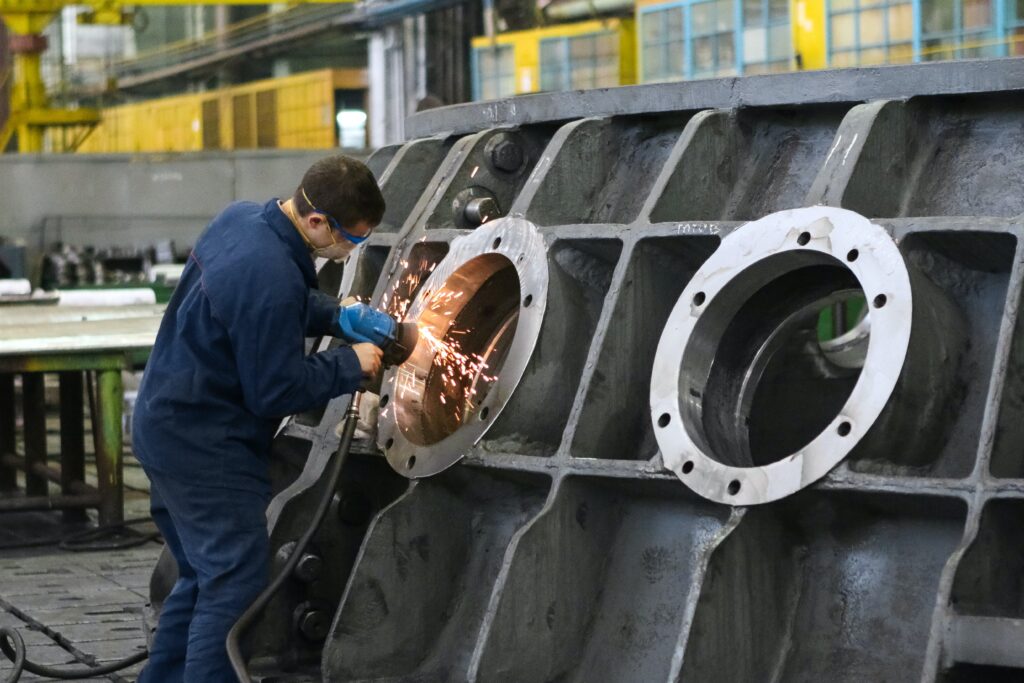In today’s rapidly advancing world, automation has emerged as a transformative force reshaping industries and economies. The integration of artificial intelligence, robotics, and machine learning has brought about significant changes in the way businesses operate and the job market functions. While automation has undoubtedly brought numerous benefits and efficiencies, it has also raised concerns about its impact on the labor market. In this blog, we delve deep into the multifaceted effects of automation on jobs, workforce dynamics, and the future of work.
The Benefits of Automation
Before discussing its impact, it is essential to acknowledge the positive aspects of automation. One of the most significant advantages is increased productivity. Automation enables repetitive and time-consuming tasks to be performed swiftly and accurately, freeing up human resources for more complex and creative endeavors. It also leads to higher precision and consistency, reducing errors and associated costs.
Furthermore, automation can enhance workplace safety by replacing humans in hazardous environments or performing dangerous tasks. This can help mitigate workplace accidents and improve overall employee well-being.
The Transformation of Jobs
As automation becomes more prevalent, certain job roles are inevitably being disrupted. Routine and manual tasks, such as data entry, assembly line work, and customer service, are increasingly being automated. In contrast, jobs that require creativity, critical thinking, and emotional intelligence are less susceptible to automation.
This transformation of jobs is giving rise to new occupations and career paths. Fields such as data science, artificial intelligence programming, and robotics maintenance have experienced significant growth. As technology evolves, entirely new roles will emerge, creating fresh opportunities for the workforce.
Challenges in the Labor Market
Despite the benefits and new job prospects, automation poses some significant challenges for the labor market. One of the primary concerns is job displacement. Workers whose roles have been automated may face unemployment or the need to reskill to adapt to the changing job landscape.
Certain sectors, particularly those reliant on manual labor, may witness a reduction in demand for human workers, leading to localized economic impacts and potential social unrest. It is crucial for policymakers and business leaders to address these challenges proactively by investing in reskilling programs and social safety nets to support affected workers.
The Skills Gap
Automation also highlights the growing skills gap in the workforce. As new technologies are integrated into businesses, the demand for workers with specialized digital skills is increasing. However, many regions are experiencing a shortage of individuals with the required expertise.
To bridge this gap, educational institutions and businesses must collaborate to design training programs that equip workers with relevant skills. Lifelong learning and upskilling will become essential for workers to remain employable in the age of automation.
Human-Machine Collaboration
Rather than viewing automation as an outright replacement for humans, it is crucial to recognize the potential for human-machine collaboration. The most successful businesses will be those that strike the right balance between human ingenuity and the capabilities of automation.
Automation can augment human capabilities, allowing workers to focus on creative problem-solving, innovation, and building stronger relationships with customers. As machines handle repetitive tasks, employees can engage in more meaningful and fulfilling work.
The Role of Government and Businesses
In navigating the impact of automation on the labor market, collaboration between governments, businesses, and workers is essential. Governments must implement forward-thinking policies that foster innovation and ensure that the benefits of automation are shared equitably among all members of society.
Businesses, on the other hand, should invest in their workforce by providing training and opportunities for upskilling. A culture of continuous learning will be vital in preparing employees for the demands of the future job market.
Conclusion
Automation is a transformative force that will undoubtedly shape the future of work. While it presents challenges for the labor market, it also brings numerous benefits and opportunities. By embracing human-machine collaboration and investing in education and training, we can navigate the impact of automation while ensuring a prosperous and inclusive future for the workforce. Embracing the potential of automation responsibly and with foresight will pave the way for a more efficient and innovative global economy.










